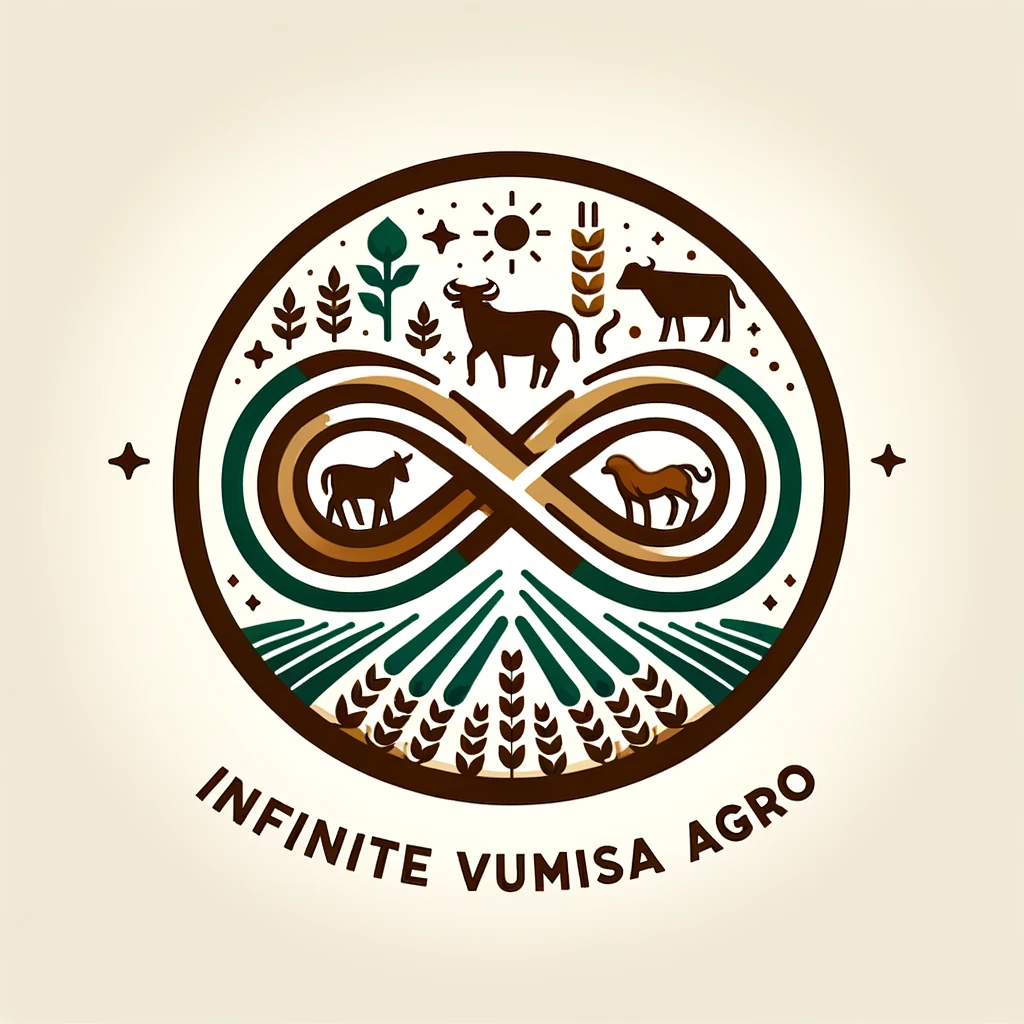- Your cart is empty
- Continue shopping
- Home
- Page
Services

Community Farming Initiatives
Collaborating with local farmers to increase crop yields, introduce sustainable farming techniques, and provide a dependable source of income.
- Engagement and Support: Collaborating with local farmers to cultivate both staple and cash crops using sustainable methods.
- Sharing Resources: Providing seeds, tools, and access to machinery pools.
- Microloans and Financial Assistance: Offering microloans or financial guidance for small farmers to expand their operations.
Livestock Development
Implementing ethical and sustainable livestock management practices to improve health and productivity.
- Breeding Programs: Introducing and managing breeding programs for
healthier, more resilient livestock. - Health Management: Providing vaccinations, veterinary services, and
nutrition advice to ensure the well-being of animals. - Market Access: Helping local farmers access broader markets to sell their
livestock at fair prices


Agricultural Education and Training
Offering workshops, training programs, and ongoing support to equip local farmers with modern agricultural skills and knowledge.
- Workshops and Seminars: Conducting educational programs on modern farming techniques, sustainable practices, and business management.
- Farm Demonstrations: Setting up demonstration farms to showcase best practices in crop cultivation and animal husbandry.
- Skill Development: Offering certifications and training in various agricultural disciplines.
Innovative Agro-Technology
Incorporating sustainable technologies that increase efficiency, reduce waste, and improve crop and livestock quality.
- Tech Implementation: Introducing soil moisture sensors, drone technology, or precision farming tools to increase efficiency.
- Information Sharing: Providing access to agricultural databases and market information through mobile platforms.
- Renewable Energy Solutions: Implementing solar or wind power solutions for farming needs.


Food Processing and Distribution
Ensuring quality control from farm to table, enhancing food safety, and expanding market access for local produce.
- Processing Facilities: Establishing facilities to process raw agricultural products into market-ready goods (e.g., milling grain or canning vegetables).
- Quality Control: Ensuring all products meet health and safety standards before distribution.
- Logistics and Distribution: Managing the storage and transportation of goods to markets, including the selling of meat and other produce.
Environmental Stewardship Programs
Engaging in activities that restore and protect the environment, including tree planting, water conservation, and soil management.
- Conservation Practices: Initiating and maintaining programs for tree planting, water conservation, and soil regeneration.
- Waste Management: Implementing systems for composting, recycling, or repurposing agricultural waste.
- Biodiversity Projects: Promoting the cultivation of indigenous crops and the preservation of local wildlife habitats.

